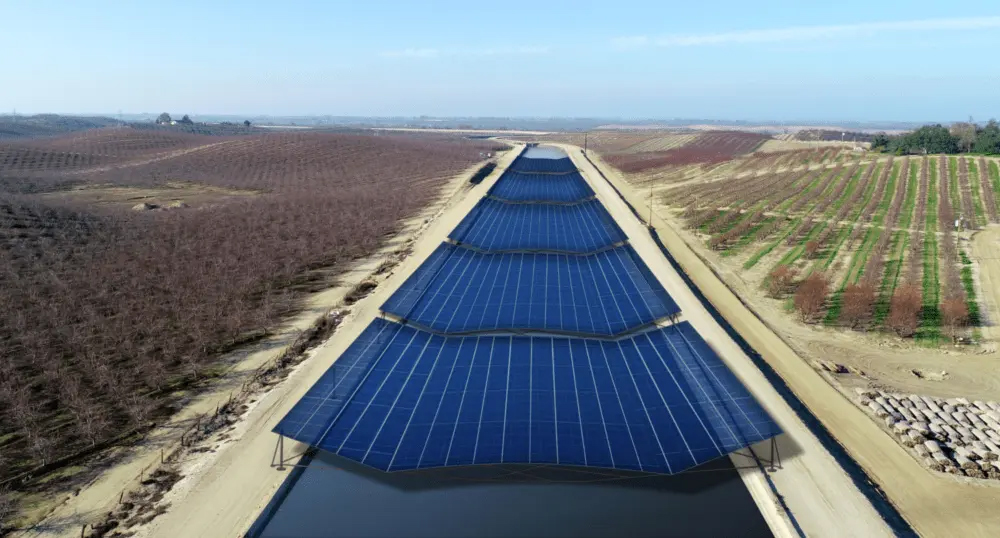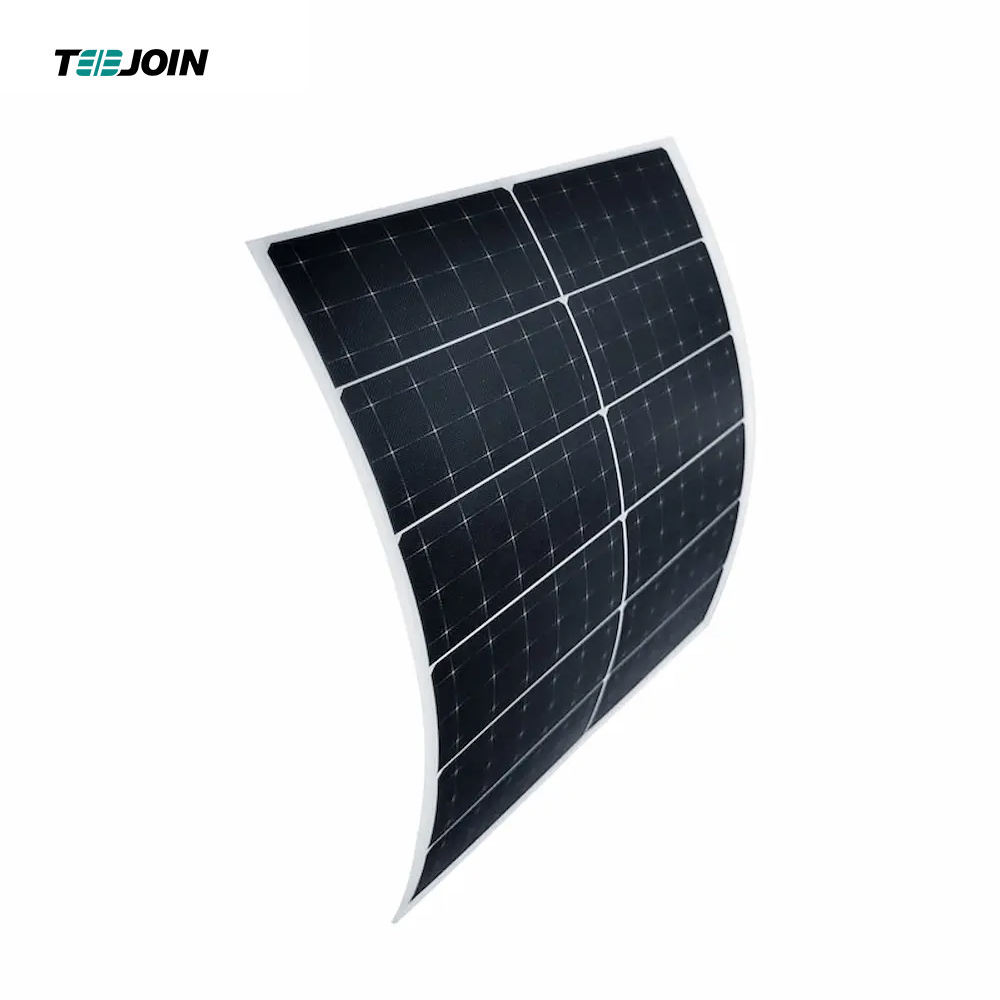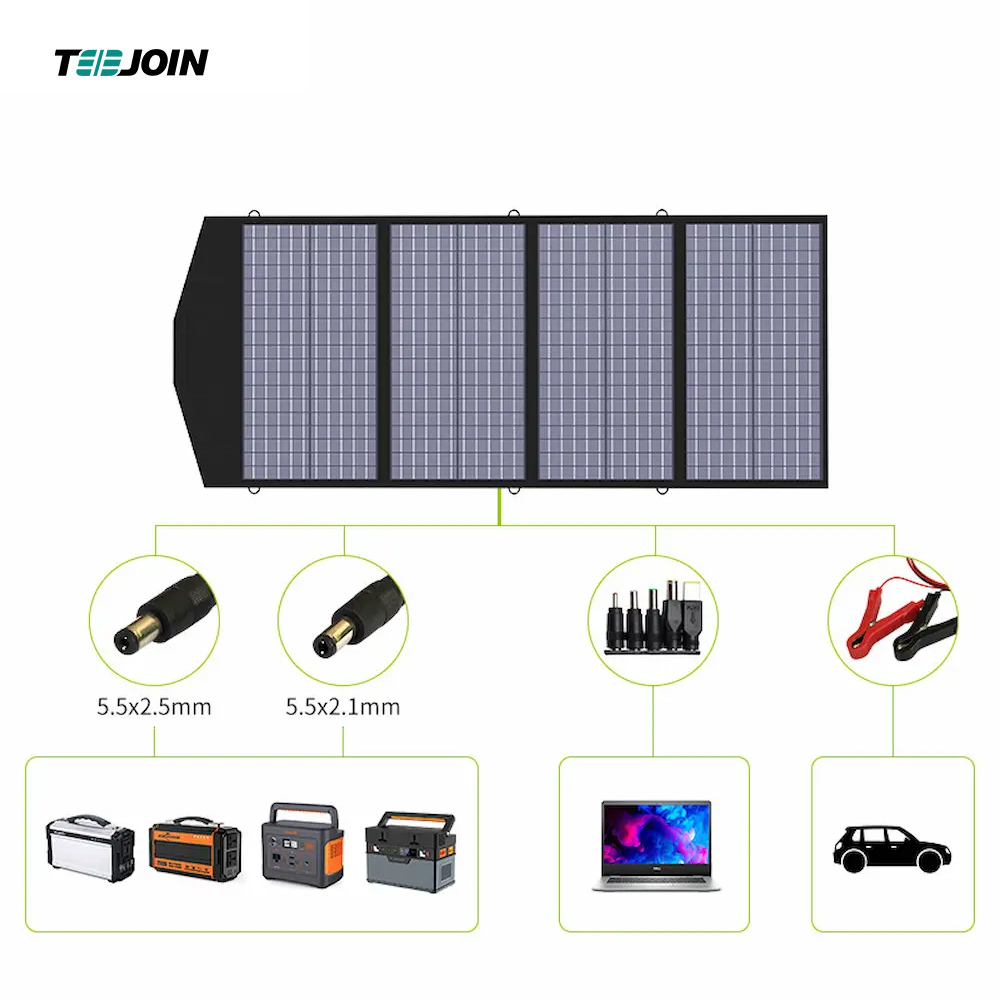U.S. Tribal Community Reduces Water Loss with Solar Canopies
The Gila River Indian Community says it has signed an agreement with the U.S. Army Corps of Engineers to install solar panels on irrigation canals on parcels south of Phoenix, Arizona.

The first phase of the project will cover about 1,000 feet (304.8 meters) of irrigation canals to reduce water loss from evaporation.
The project is expected to demonstrate the feasibility of solar-topped irrigation canals and potentially add additional construction length for community solar-topped irrigation canals in subsequent phases. The Army Corps of Engineers expects to complete construction of the first phase of the project in 2025.
The Phase I phase of the project, with an investment cost of $6,744,000, will add an additional 1 MW of solar power generation while reducing water evaporation within the irrigation canals. The project received a $517,000 grant from the U.S. Bureau of Reclamation, and funding for the construction of the second phase of the project is also expected to come from the Bureau of Reclamation (Bureau). The Bureau is implementing a grant program established by Congress to pilot solar-powered irrigation canals.
Stephen Roe Lewis, state director of the Gila River Indian Community, said, "This first pilot project will break new ground, furthering the community's role as a water resource steward and aligning with the community's tradition of innovative irrigation systems throughout the land."

The solar-powered irrigation canal project implemented in the Gila River community is one of the first in the U.S. to break ground. The project is expected to set an example for other regions facing the twin challenges of water conservation and clean energy goals.
For example, California's Central Valley Project is a large irrigation canal system that uses approximately 1 billion kilowatt-hours of electricity annually just to pump water. Adding solar-powered generators to the system, instead of the diesel generators currently in use, would make the entire water transportation system much more efficient.

The letter goes on to say, "Given the Bureau of Reclamation's long history of hydroelectric power generation, solar power generation on its irrigation canals would be a purely added benefit, and could even help with power generation shortages in the event that hydroelectric facilities become inoperable due to low water levels." The practice of installing solar installations on irrigation canals has gained popularity all over the world. Projects are underway in California, India, Spain and France, many of which have large utility-scale capacity.
Click on the above image or anchor text link to learn more about the product details, solar products, please fill out the form for inquiry!
Written by RYAN KENNEDY
Source : www.pv-magazine.com



